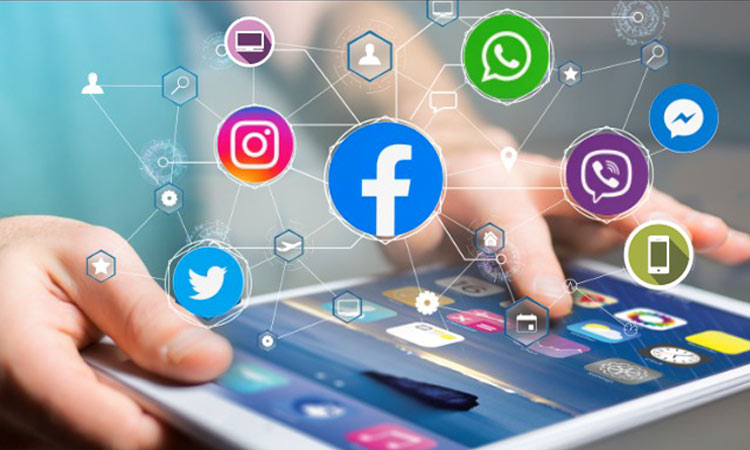


Your attendees should always be your priority. After all, if they didn’t show up to attend your event, it wouldn’t take place. So focus on attendees and look out for opportunities like:
When you’re sharing on your channels, take a look at what other people are saying about your event and repost, like, and share and comment on the posts. Bad suggestions and complaints should not be ignored; they are the ultimate indicators of what is wrong with your situation, so answer them. Read to know the importance of the right EMCEE.
– no matter how jampacked your event is with the audience. There will always be some attendees who couldn’t attend your event for some reason. Show them what they missed out on and ignite the feeling of FOMO within them by making impactful social media posts.
3. Gather content for future promotions: keep the event fresh and memorable for a long time!! Capture and gather content, videos, photos, data and testimonials, it can help you advertise yourself and the event for months or even years. These pieces of information can be circulated and promoted in a variety of ways, including blogs, social media posts, email blasts, and more.
Structure impactful posts on LinkedIn or Facebook after the event to highlight important takeaways and learnings. Include Instagram or Facebook reels or YouTube shorts to help share the fun and interesting stories of your event, and use your industry hashtags to help your content reach a wider audience. Be sure to tag attendees so they can share your posts with their friends, colleagues and families. Do not forget to keep your supporters and attendees informed about future events. Finally, make sure to send a survey to your supporters, sponsors and attendees for their feedback. This “promote virtual events by social media” guide will especially be useful while organizing a future event. Furthermore, these reviews and suggestions can help you understand what to change while hosting events the next time.
| Cookie | Duration | Description |
|---|---|---|
| cookielawinfo-checkbox-analytics | 11 months | This cookie is set by GDPR Cookie Consent plugin. The cookie is used to store the user consent for the cookies in the category "Analytics". |
| cookielawinfo-checkbox-functional | 11 months | The cookie is set by GDPR cookie consent to record the user consent for the cookies in the category "Functional". |
| cookielawinfo-checkbox-necessary | 11 months | This cookie is set by GDPR Cookie Consent plugin. The cookies is used to store the user consent for the cookies in the category "Necessary". |
| cookielawinfo-checkbox-others | 11 months | This cookie is set by GDPR Cookie Consent plugin. The cookie is used to store the user consent for the cookies in the category "Other. |
| cookielawinfo-checkbox-performance | 11 months | This cookie is set by GDPR Cookie Consent plugin. The cookie is used to store the user consent for the cookies in the category "Performance". |
| viewed_cookie_policy | 11 months | The cookie is set by the GDPR Cookie Consent plugin and is used to store whether or not user has consented to the use of cookies. It does not store any personal data. |
Error: Contact form not found.

15 Comments
Comments are closed.